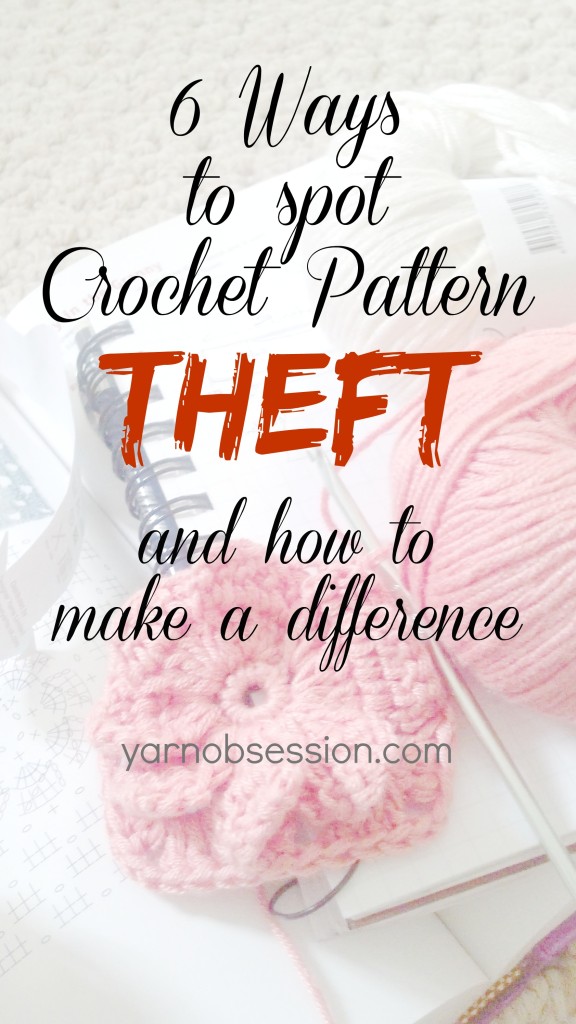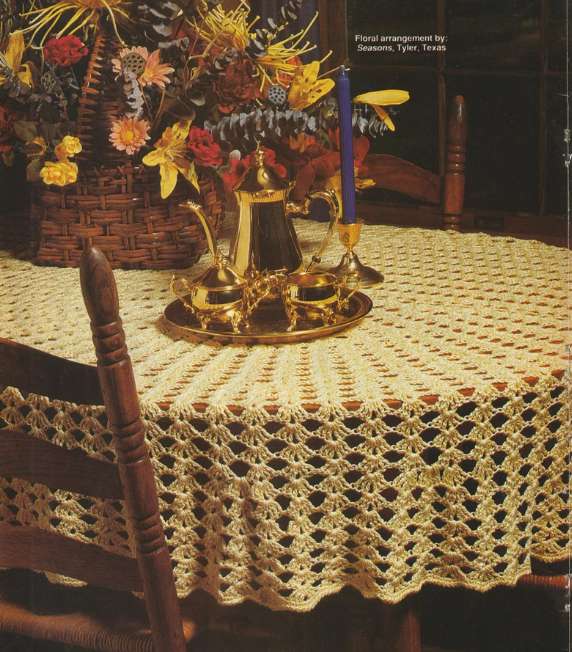
When it comes to craft and patterns being able to copy or replicate a design is very easy. I was always told as long as you change it by 10% then it’s deemed NEW. We see lot’s of copyright issues all over the internet from copying Disney Characters to out right design stealing by big name stores. Here is an article that might make you not only recognise a stolen design but also make you understand why it is wrong.

May I reproduce this article and distribute it to members of the two quilt guilds I belong to? (Quilt designers have the same problem as crochet pattern designers, isn’t it a shame.) I will include the URL to the original article, of course.
Thank you for sharing this article. I was unaware of the problem. It provided very good information which should shared with all. Thanks again!
I once worked for a childrens designer doing machine applique. She had 4 designs each with matching t-shirt, flip skirt and knee length shorts. She always used good quality fabrics and we were both meticulous about the quality of the applique and it’s ability to withstand a child and washing. One day I’m wandering through Target, on the Gold Coast, Australia and I see the whole range on a stand. Thought that’s great for my boss until I had a close look at the items. Cheap quality fabrics, badly sewn and then the applique. I still hadn’t twigged and wondered how I had done such bad applique and how she had let me get away with it. Then the penny dropped. Target had copied the complete range.
I have a question that’s been bothering for a long time. I found a a beautiful Cowl that I fell in love with. It was knitted and I do not knit. So I set out to reproduce it in crochet and I was successful. Many of the ladies want my pattern, But I am not sure if I fall under copyright, theft or what? Can you clarify for me please. thanks
Hi,
If you have changed a pattern to knit I would think you would be okay. They say if you change it by 10% than it’s okay. Anyone got some “official” input on this?
yes of course
“Theft” of a crochet.. pattern?? Are you kidding me? There isn’t anything crocheted that is truly original. Change a color yarn here, add a stitch there, that’s a pattern. This is kind of ridiculous. I can see a dress pattern maybe- or someone smuggling a coveted fabric that is only sold to specific sellers – but Crochet?? Really? Just because lots of people “work very hard” 80 hrs a week coming up with this stuff does not legitimize it, to me. By the way- what turned me off of this whole “copyrighted crochet patterns”? Seeing a woman who sells her COPYRIGHTED patterns- and is VERY adamant about people “not stealing” her patterns? They are all public domain, vintage and antique patterns. She’s changed nothing- she even uses the same images that were in the public domain publications (not naming names, but she goes by a single female moniker). In my opinion you can’t “copyright” a crocheted, or for that matter, a knitted item. Everything’s been done, nothing’s truly new, and like I said- it ain’t rocket science we’re dealing with here.